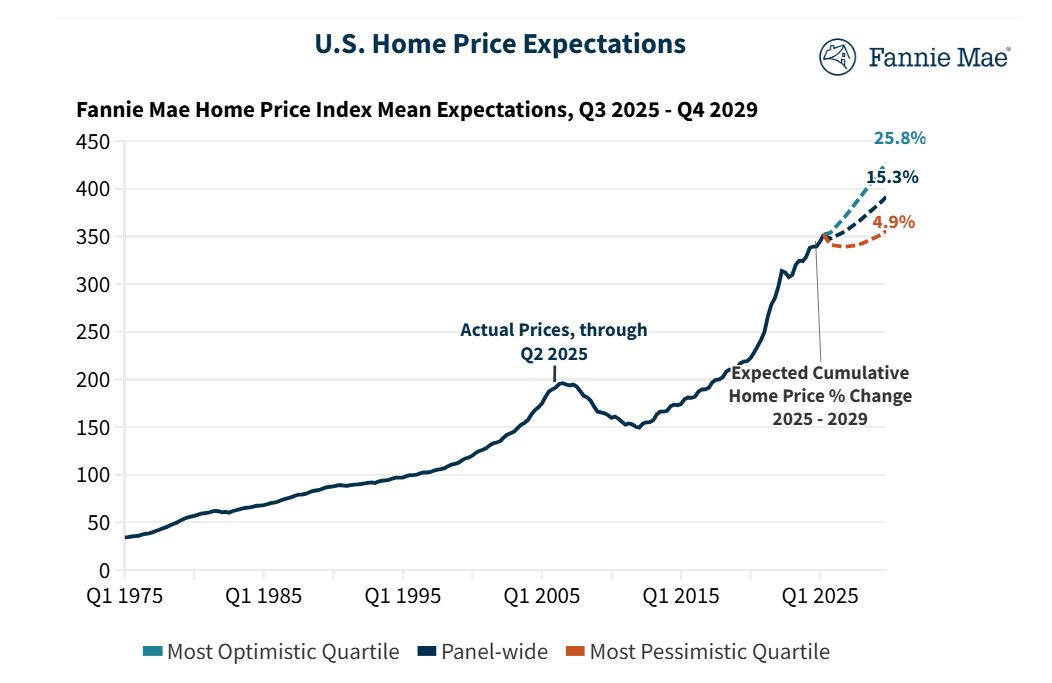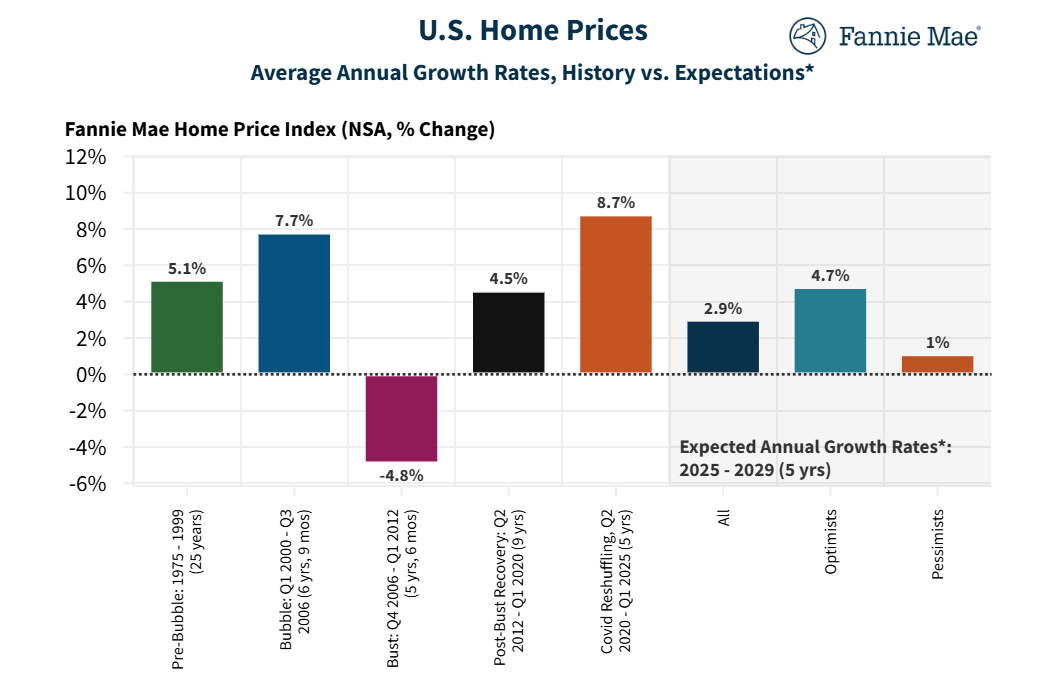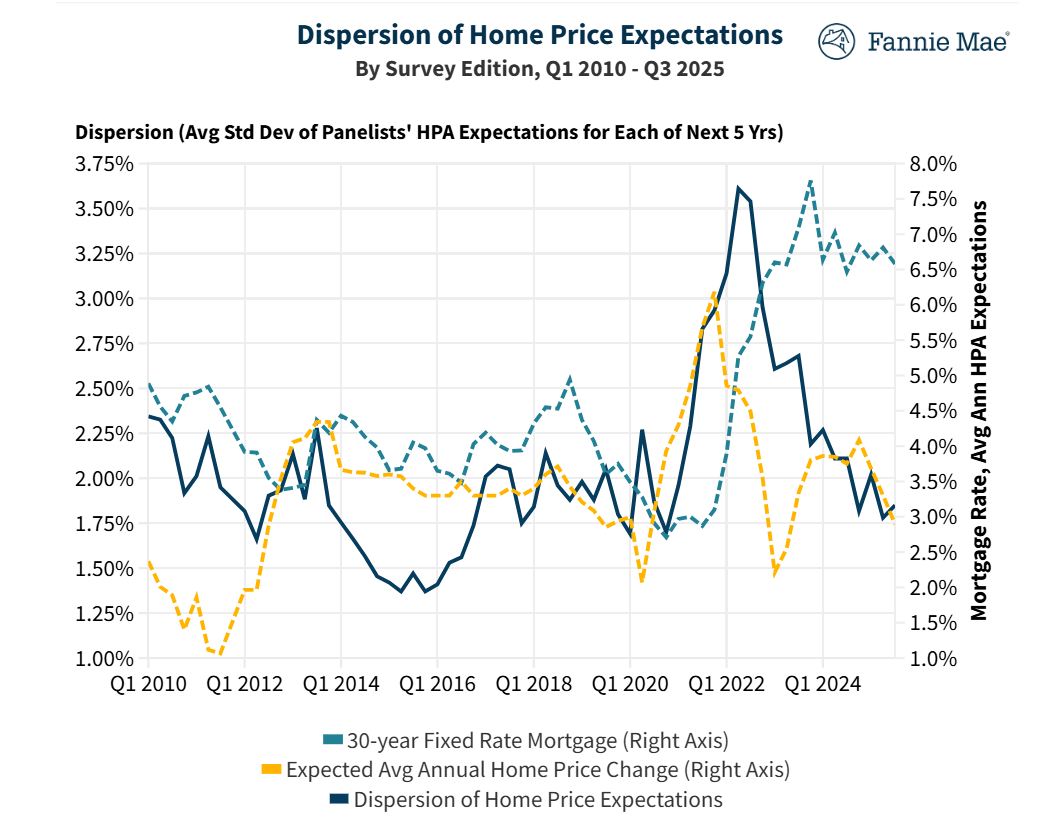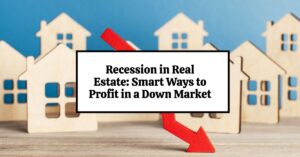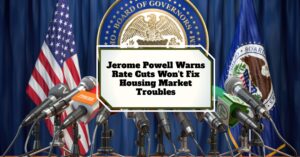The Los Angeles housing market in November 2025 saw a slight leveling off in prices year-over-year but a notable dip in sales volume, indicating a more cautious buyer sentiment, especially within the fiercely competitive Los Angeles County, despite a modest statewide recovery reported by C.A.R. It's a complicated picture, and I'm here to help you get a clearer view.
Los Angeles Housing Market Stumbles as Sales Volume See Notable Dip in November
I've been keeping a close eye on real estate in our golden state, and the latest numbers from the California Association of REALTORS® (C.A.R.) for November 2025 really tell a story. While California as a whole seemed to pick up some steam, Los Angeles, particularly the areas I'm most familiar with, showed some different trends. Let's dig into what happened.
You see, statewide, C.A.R. noted that California home sales experienced their highest level since September 2022, climbing to a seasonally adjusted annualized rate of 287,940 units. That sounds great, right? Sales were up 1.9% from October and 2.6% from November last year. The statewide median home price was $852,680, which was essentially flat compared to November 2024.
But when I look specifically at the Los Angeles Metro Area and Los Angeles County, the picture gets a bit more nuanced, as it always does when we zoom into specific, diverse regions.
Sales Slowdown: A Closer Look at LA's Dip
Here's where Los Angeles really stands apart from the statewide trend. While California saw sales increase, our local market here in LA went the other way.
For the entire Los Angeles Metro Area, sales saw a significant drop of 23.5% from October to November 2025, and they were down 2.7% compared to November 2024. When we narrow it down even further to Los Angeles County itself, the sales figures were even more stark: a hefty 27.6% decrease month-over-month and a 5.4% dip year-over-year.
| Area | Sales MTM % Change (Nov 2025) | Sales YTY % Change (Nov 2025) |
|---|---|---|
| California (Statewide) | +1.9% | +2.6% |
| Los Angeles Metro Area | -23.5% | -2.7% |
| Los Angeles County | -27.6% | -5.4% |
My take on this? It’s not just a blip. This kind of drop, especially against a statewide gain, tells me that buyers in LA are becoming increasingly cautious. Perhaps the high entry price points here make even small swings in interest rates feel more impactful, or maybe it's just that the traditional “off-peak” season affects a dense, high-value market like LA more acutely. Buyers might be waiting for a clearer sign of price stability or more favorable lending conditions.
Median Prices: Holding Steady, But With Caveats
Now, let’s talk about prices. This is usually the first thing everyone asks me about!
The statewide median home price in November 2025 was virtually unchanged from a year ago, sitting at $852,680. However, it did see a 3.9% drop from October.
In the Los Angeles Metro Area, the median price came in at $823,000. This was up slightly by 0.1% from November 2024, but it saw a 2.6% decrease from October 2025.
Zooming into Los Angeles County, the median sale price for November 2025 was a hefty $942,610. This represents a 0.6% year-over-year increase from $937,030 in November 2024. However, like the metro area, it experienced a month-over-month decline of 1.9% from October's $960,620.
| Area | Median Price (Nov 2025) | Price MTM % Change | Price YTY % Change |
|---|---|---|---|
| California (Statewide) | $852,680 | -3.9% | 0.0% |
| Los Angeles Metro Area | $823,000 | -2.6% | 0.1% |
| Los Angeles County | $942,610 | -1.9% | 0.6% |
What does this tell me? While prices in LA County are still experiencing modest year-over-year gains, the month-to-month dips indicate a real sensitivity in the market. Sellers might still have aspirational prices, but buyers are less willing to jump without clear justification. It feels like the market is searching for its footing after a volatile period, finding a new equilibrium where prices aren't soaring but aren't collapsing either. It's a delicate balance.
Inventory and Time on Market: A Shift in Power?
Beyond just sales and prices, I always look at how much inventory is out there and how long homes are sitting. These are crucial indicators of who has the upper hand: buyers or sellers.
- The statewide Unsold Inventory Index (UII) was 3.6 months in November 2025, up from 3.3 months a year prior. It suggests homes are taking longer to sell.
- The median time on market statewide was 32 days, up from 26 days in November 2024.
For Los Angeles Metro Area:
- The Unsold Inventory Index stood at 3.9 months, up from 3.6 months in November 2024.
- Homes stayed on the market for a median of 36 days, compared to 29 days a year earlier.
In Los Angeles County:
- The Unsold Inventory Index was 3.8 months, an increase from 3.5 months in November 2024.
- The median time on market was 33 days, up from 26 days in November 2024.
| Area | Unsold Inventory Index (Nov 2025) | Median Days on Market (Nov 2025) | Days on Market (Nov 2024) |
|---|---|---|---|
| California (Statewide) | 3.6 months | 32 days | 26 days |
| Los Angeles Metro Area | 3.9 months | 36 days | 29 days |
| Los Angeles County | 3.8 months | 33 days | 26 days |
From my perspective, this is a clear signal that the frantic, hyper-competitive seller's market we've seen in recent years has definitely cooled down. Increased inventory means more options for buyers. Longer days on market mean buyers have more time to think, negotiate, and — importantly — conduct due diligence without feeling pressured into a bidding war. This creates more reasonable conditions, which, as a human, I appreciate. For sellers, it means patience and realistic pricing are more important than ever. The sales-price-to-list-price ratio statewide was 98.3%, which tells me that, on average, homes are selling for slightly below their asking price—a definite shift from the days of homes routinely going over asking.
Behind the Numbers: My Take on What’s Really Happening
Pulling back the curtain, these statistics aren't just figures; they represent real people making major life decisions. Here's what I believe is truly at play in the Los Angeles housing market.
Affordability Remains King (or Queen)
Let's be frank: Los Angeles is expensive. Even with statewide mortgage rates averaging 6.24% in November 2025 (down from 6.81% a year prior), the sheer price tag of an LA home is still a massive hurdle. For many first-time homebuyers, and even those looking to move up, the monthly payments on a $942,610 median-priced home in Los Angeles County are simply astronomical, especially when combined with high property taxes and insurance.
I've spoken with countless potential buyers who are qualified on paper but are simply unwilling to stretch themselves thin, especially with other economic uncertainties. The slight year-over-year price appreciation in LA—while statewide prices were flat—only compounds this issue. This ongoing affordability crunch is, in my professional opinion, the biggest differentiating factor for LA compared to other parts of California.
Mortgage Rates: A Double-Edged Sword
C.A.R.'s Senior Vice President and Chief Economist Jordan Levine suggests that mortgage rates are expected to continue declining in 2026, but the decrease is unlikely to be dramatic. I agree with this assessment. While lower rates are certainly a welcome relief, they're not a silver bullet for LA.
Think of it this way: if you're looking at a $500,000 house, a half-point drop in interest might save you a few hundred dollars a month, making a real difference. But on a million-dollar home, that same percentage drop might save you more, but the total payment is still very high. It means that while falling rates can spur activity in more affordable markets, their impact is diluted in an ultra-high-cost market like Los Angeles. Buyers here need more than just slightly lower rates; they need a significant shift in either prices or rates to feel comfortable again.
Local Differences: LA County vs. LA Metro
It's subtle in the data, but important to highlight: the Los Angeles Metro Area includes a wider swath of Southern California, potentially bringing down the median price. But Los Angeles County itself, with its diverse array of neighborhoods from Beverly Hills to the San Gabriel Valley, consistently boasts a higher median home price than the broader metro region, and even the statewide average.
For instance, the LA Metro Area median price was $823,000, while LA County was $942,610. This tells me that within the county, you're dealing with arguably the most sought-after and expensive real estate in the state, even more so than many other parts of the larger metro area. My experience shows that micro-markets within LA County can behave very differently based on factors like school districts, commute times, and local amenities. It's never a one-size-fits-all situation here.
Looking Ahead: My Predictions for the Los Angeles Housing Market
Based on C.A.R.'s projections and my own feel for the pulse of Los Angeles, I believe we're heading into a period of continued stabilization rather than dramatic swings.
I expect to see mild, gradual price appreciation in Los Angeles County, possibly slightly outpacing the broader metro area due to its premium nature. Sales volume will likely remain somewhat constrained by affordability, but as mortgage rates ease further, we might see a slow uptick in buyer activity. Inventory will probably fluctuate, responding to both buyer demand and seller expectations.
The unique resilience of Los Angeles, driven by its diverse economy, cultural appeal, and limited land, means that even in slower markets, demand underpins value. It's a market that challenges, but for those who understand its intricacies, it still offers incredible opportunities. My advice? Stay informed, work with experienced professionals, and align your expectations with the current reality of this fascinating and ever-evolving market.
“Turnkey Rentals Outside California Offer Better Returns & Cash Flow “
Turnkey properties let you start earning rental income from day one—no renovations, no tenant hunts, no management headaches.
Work with Norada Real Estate to find vetted, cash-flowing markets tailored to your goals—so you can build steady returns without the stress.
HOT NEW LISTINGS JUST ADDED!
Speak with a seasoned Norada investment counselor today (No Obligation):
(800) 611-3060
Recommended Read:
- Los Angeles Housing Market Sees 292% Growth in Home Prices Since 1975
- Los Angeles Housing Market Booms With Double-Digit Sales Growth
- Los Angeles Housing Market: Forecast and Trends 2025-2026
- Los Angeles Housing Market Cools as Buyers Pullback in 2025
- Impact of Wildfires on the Los Angeles Housing Market in 2025
- Minimum Qualifying Income to Buy a House in Los Angeles is $219,200
- Top 5 Richest Cities in the Los Angeles County
- 20 Wealthy Neighborhoods in Los Angeles
- Average Home Price in Los Angeles
- Unveiled: The Top 5 Richest Cities in Los Angeles County You Need to Know About
- Minimum Qualifying Income to Buy a House in Los Angeles is $219,200




